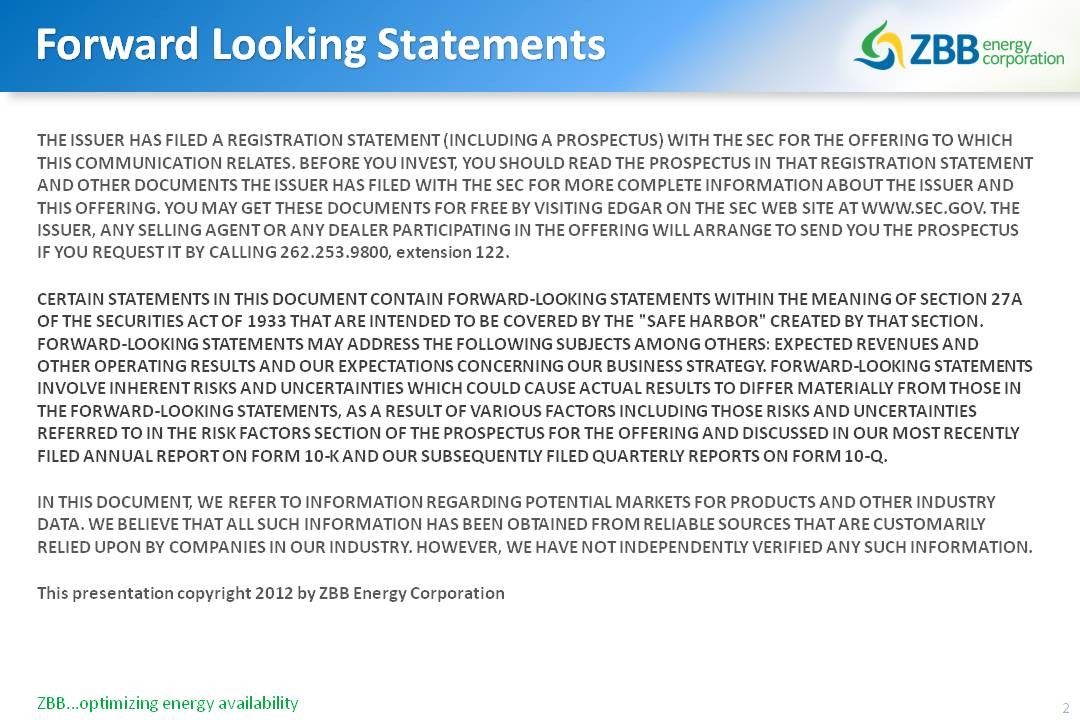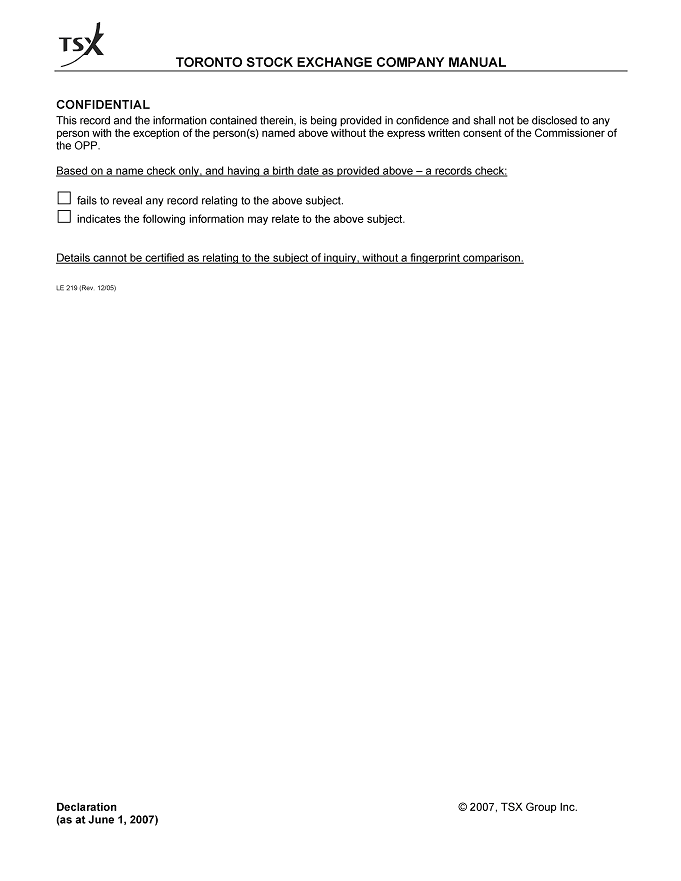Prospectus offerings Canadian Securities Law
Post on: 3 Июнь, 2015 No Comment

Corporate Finance | Capital markets | M&A
Home > Prospectus offerings >
IIROC releases final guidance on underwriting due diligence
Posted on December 19, 2014
On December 18, the Investment Industry Regulatory Organization of Canada released final guidance in respect of underwriting due diligence .
Ultimately, the document sets out a number of key principles respecting underwriting due diligence, as well as associated guidance respecting each principle, including in regards to: (i) policies and procedures for underwriting due diligence; (ii) due diligence plans; (iii) due diligence Q&A sessions; (iv) business due diligence; (v) legal due diligence; (vi) reliance on experts and other third parties; (vii) reliance on lead underwriter; (viii) due diligence record-keeping; and (ix) the role of supervision and compliance.
As we stated in March when a draft version of the guidance was released . while IIROC’s intention was to codify common practices and suggestions, the proposed guidance could have represented a departure from what some dealers consider to be the current market standard. In response to this concern, IIROC specifically states that only appropriate matters are identified as being mandatory, and that many of the statements concerning dealers’ policies and procedures provide ample room for dealers to reflect the contexts of their businesses.
As previously discussed, proposed amendments were published in March of this year, and the final version published yesterday takes into account stakeholder comments submitted to IIROC. The guidance takes effect immediately.
OSC publishes The Investment Funds Practitioner for July 2014
Posted on August 22, 2014
The Investment Funds and Structured Products Branch of the Ontario Securities Commission recently released the July 2014 issue of The Investments Funds Practitioner . which provides an overview of recent issues arising from applications for discretionary relief, prospectuses and continuous disclosure documents filed by investment funds. Below is a summary of a few issues identified.
Structured Products
According to the Practitioner, Branch staff have noticed that some pricing supplements for linked notes whose reference asset is a fund or ETF do not disclose the fees associated with the ownership of the reference asset. As such, funds are reminded to disclose any fees charged by the reference asset that affect the return of the notes.
Meanwhile, the Practitioner states that Branch staff are increasingly scrutinizing linked notes that have autocall features. Staff are specifically concerned that autocall notes could be mistaken for, and sold as, alternatives to fixed income or money market securities. Staff are thus now asking that the front page of autocall note prospectus supplements include a textbox disclosing the existence of downside risk and that such notes are not designed to be alternatives to fixed income or money market instruments.
According to the Practitioner, Branch staff have recently noticed applications that contemplate the merger of funds with significantly different investment objectives. In such cases, staff have required filers to make representations in respect of the reasons for the merger, the process undertaken to choose the continuing fund, and the reasons why the merger is in the best interests of securityholders. According to Branch staff, boiler-plate statements respecting such things as the reduction of expenses and increased diversification are not sufficient.
In respect of prospectuses, Branch staff have noticed that some recent preliminary simplified prospectuses disclosed the ability of fund managers to address short-term trading by preventing an investor’s account from further transactions for a certain period of time through actions that included the suspension of redemptions. The Practitioner reminds fund managers that they may generally not suspend redemptions except in certain specific circumstances .
Further, Branch staff take the position that a default rate feature attached to the direct payment of ongoing dealer service fees is inconsistent with the negotiation of the service fee. As such, Branch staff expect that new funds will not have a default rate feature while in respect of renewal prospectuses, Branch staff will ask fund managers for a reasonable transition period for the removal of the default rate feature.
Continuous Disclosure

The Practitioner provides the findings of a recent review of investment funds with high management expense ratios. The sampled funds either had fund managers that absorbed a significant level of expenses in order to present MERs after absorption consistent with industry average (in which case investor expectations should be managed to clarify that absorptions could cease in the future), or had relatively high MERs due to their small size (in which case staff expect fund managers to consider all options to reduce the MER).
The Practitioner also stated that Branch staff intend to conduct a continuous disclosure review of the first IFRS financial statements disclosed by funds (generally, due by August 29, 2014), and will be asking filers general questions in respect of implementation issues and justifications of accounting treatments under IFRS.
Process Matters
The Practitioner also advised fund managers against placing too much reliance on the materiality threshold of $50 per investor in respect of miscalculated and overpaid fees requiring repayment to investors. According to Branch staff, fund managers should use their judgement in determining whether a $50 threshold is appropriate in their particular situation and be mindful of their statutory duty as fund manager when selecting a materiality threshold.
Branch staff also reminded filers that no substantive changes should be made to a prospectus after the SEDAR project status is clear for final. According to the Practitioner, filers have asked staff to update the project status clear for final even where further substantive changes were expected.
CSA adopt changes to auditor oversight rules
Posted on July 18, 2014
The Canadian Securities Administrators yesterday released changes to auditor oversight rules designed to enhance the integrity of financial reporting by reporting issuers by repealing and replacing National Instrument 52-108 Auditor Oversight and making other amendments to NI 41-101 . NI 51-102 . NI 71-102 and their respective companion policies.
As we discussed last year . the CSA released proposed amendments to the rules in October 2013, and the final version takes into account comments received. Assuming all ministerial approvals are obtained, the new rules come into effect on September 30, 2014.














